Your cart is currently empty!
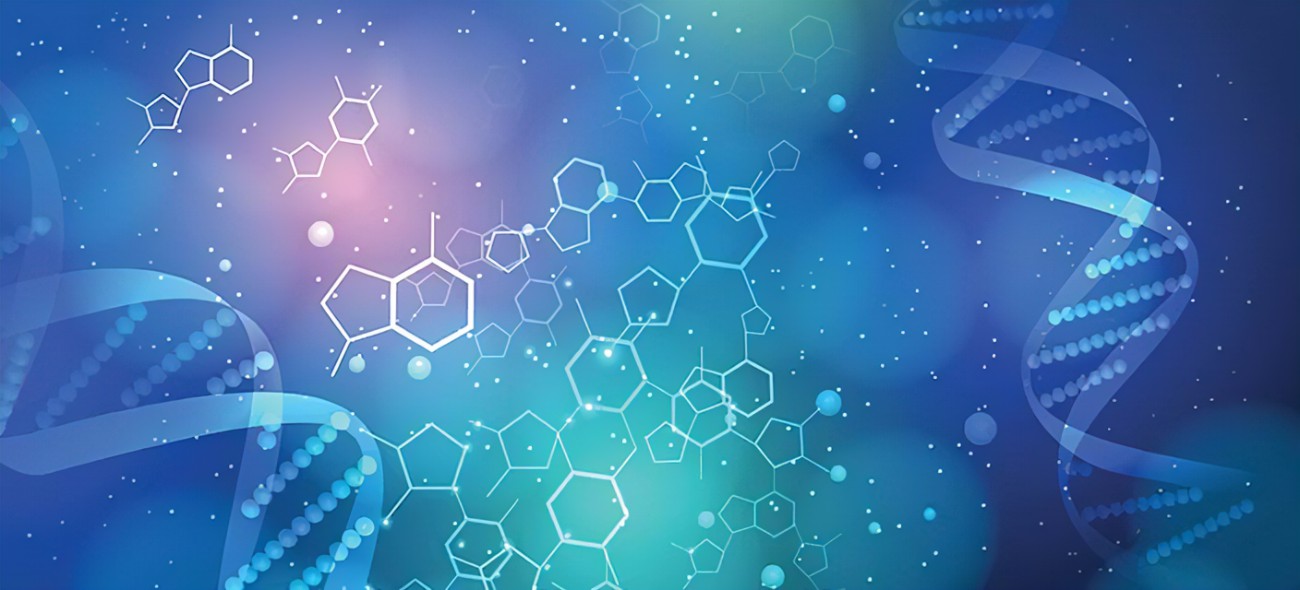
Epithalon (Epitalon) – 10 mg
Epithalon is a peptide that is used to regulate the cell cycle through increased telomerase activity. The order of amino acids in this peptide is alanine-glutamate-asparagine-glycine. Animal studies have been done to see what effects epithalon has on suppressing spontaneous mammary tumors and spontaneous carcinogenesis.
Description
Epithalon is a peptide that is used to regulate the cell cycle through increased telomerase activity. The order of amino acids in this peptide is alanine-glutamate-asparagine-glycine. Animal studies have been done to see what effects epithalon has on suppressing spontaneous mammary tumors and spontaneous carcinogenesis. Studies have shown that the cause of the effect of epithalon includes suppression of oncogene expression and modification of telomerase activity. A summary of the studies and research on telomerase is provided below. Telomerase is a specific RNA (ribonucleic acid)-dependent polymerase that elongates and maintains telomere length by adding tandem repeats to the chromosome 3′ end. The enzyme consists of two parts: an RNA component that serves as a matrix in telomere elongation and a catalytic subunit that features reverse transcriptase activity. These two parts work together to prevent the required telomeres from being found in the body cells. In in vitro experiments, telomere elongation has been shown to promote indefinite cell proliferation, and suppression of telomerase activity promotes apoptosis of neoplastic cells. However, these studies have also shown that maintaining telomere length in the range of 15-20 kilobase pairs prevents tumor formation. All the researches and studies that have been done on telomerase, show that telomerase activity’s restriction on cell division supports Its Action on stabilizing telomere length.
Epithalon is a synthetic tetrapeptide (amino acid sequence Ala-Glu-Asp-Gly) known for its potential anti-aging effects. It is derived from the natural peptide epithalamin, produced by the pineal gland in the brain. Its effect on anti-aging has been studied for decades and involves several mechanisms:
Telomerase activation
Epithalon stimulates the enzyme telomerase, which restores telomeres at the ends of chromosomes. Telomeres shorten with each cell division, which is associated with aging and cell death. Telomere lengthening can slow cell ageing and extend cell life.
Significance: telomere protection and renewal can slow the aging process at the cellular level.
Antioxidant effects
Epithalon helps reduce oxidative stress by neutralizing free radicals. Oxidative stress is a key factor in the aging process because it damages DNA, proteins and lipids in cells.
Importance: preventing damage caused by free radicals can improve cellular health and slow down degenerative processes.
Regulating the hormonal system
Epithalon supports proper pineal gland function, which may lead to optimized production of melatonin, a hormone responsible for regulating sleep and circadian rhythms. Proper melatonin levels are crucial for the health and regeneration of the body.
Significance: better sleep and hormonal balance can have a positive impact on the aging process.
Improve immunity
Peptide supports the immune system by regulating the function of T-lymphocytes and other immune cells. With age, immunity weakens (immunosenescence), which contributes to increased susceptibility to infections and chronic diseases.
Importance: boosting immunity may protect against diseases associated with aging.
Beneficial effect on gene expression
Studies suggest that epithalon may affect the expression of genes associated with aging and apoptosis (programmed cell death).
Significance.
Long-term effects and safety
Clinical studies, particularly in Russia, have shown that epithalon can extend lifespan in animals and has potential benefits for humans, including reducing the risk of certain diseases (e.g., cancer, cardiovascular disease). However, due to the lack of large-scale studies in humans, some questions still remain about long-term safety and optimal dosing.
Effects of Epitalon on Female Mouse Anatomy
Epitalon is considered a strong antioxidant that could potentially be beneficial for longevity purposes. Researchers Yue et. Al examined what kind of protective effects that epitalon has on age-damaged post-ovulatory oocytes in vitro in female mice. Following oocyte collection, 0.1 mM of epitalon was added into the oocyte sample. From there, oocyte quality was evaluated at 6, 12, and 24 hours following the sample collection.
First, the results of the study showed that epitalon reduced the number of reactive oxygen series present, indicating that epitalon works as an antioxidant. Additionally the study found that during the process of cell division there were fewer spindle defects and decreased abnormalities of the cortical granules when evaluated at 12 and 24 hours. There was increased membrane potential found in the mitochondria as well as an increase in the copy number of DNA, in turn apoptosis of oocytes was decreased by hour 24 after the sample collection. Overall the study found that epitalon can delay age-related damage through regulation of mitochondrial activity as well as reactive oxygen species (https://pubmed.ncbi.nlm.nih.gov/35413689/).
| CAS Number | 307297-39-8 |
| Other Names | Epithalon, Ala-Glu-Asp-Gly, UNII-O65P17785G, O65P17785G, 64082-79-7, Epithalone |
| IUPAC Name | (4S)-4-[[(2S)-2-aminopropanoyl]amino]-5-[[(2S)-3-carboxy-1-(carboxymethylamino)-1-oxopropan-2-yl]amino]-5-oxopentanoic acid |
| Molecular Formula | C₁₄H₂₂N₄O₉ |



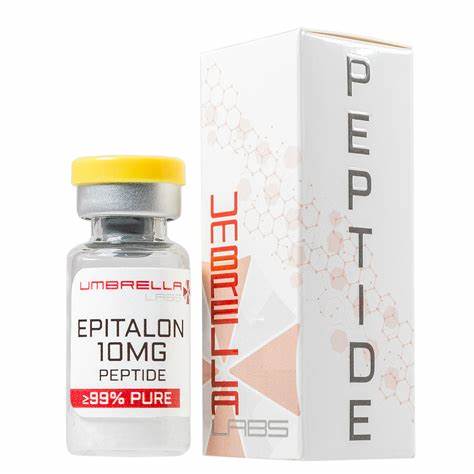
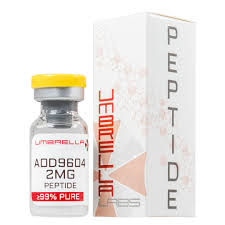
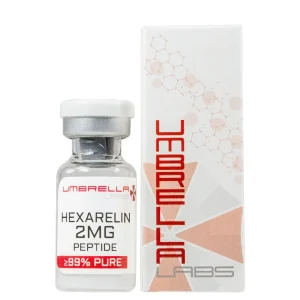
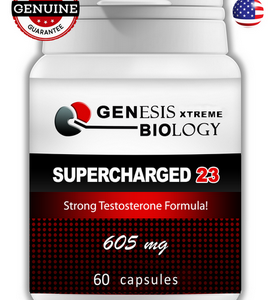

Reviews
There are no reviews yet.